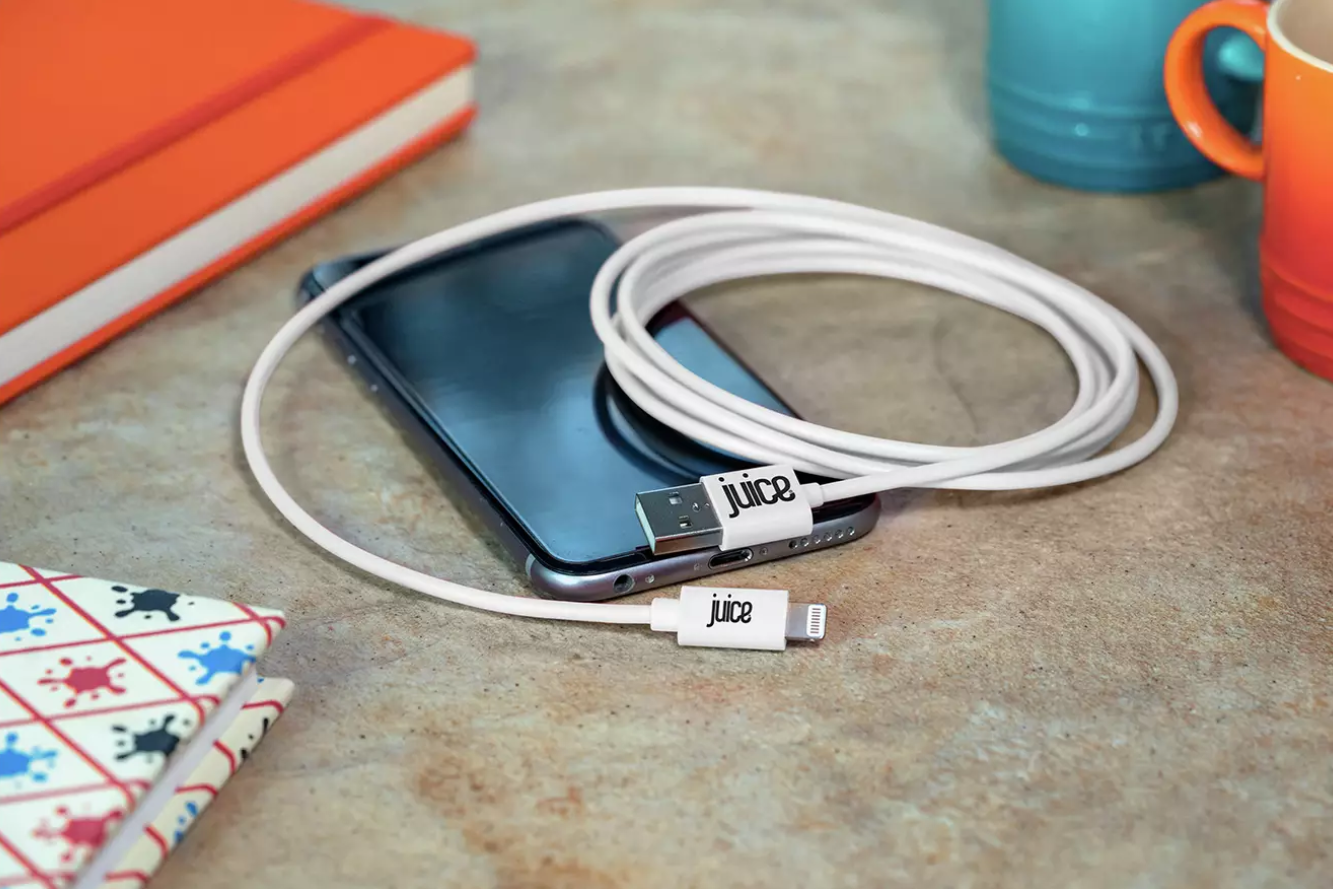
In a world where we rely heavily on our smartphones and tablets, keeping our devices charged is part of our daily routine. But what do we do if the device isn’t charging? Below we have listed some handy tips to help get your charge back.
Checking the cable
One of the first things to try if you are finding your device isn’t charging is checking the charging cable. The most common sign is a faulty connection. We advise looking along the cable to see if there are any bends or exposed wires. This occurs if there has been strain on the cable or it has been pulled at a certain angle whilst charging. If the wire is exposed, we would recommend not using this cable. This is mainly due to the safety issue of this exposure, but also this would indicate a physical connection issue.
When checking the cables, you should also check if you are using the right cable in the right port. This is because some devices have USB ports that are not designed for charging, but other uses such as data transfer. Similarly, some devices may only charge with their own charger meaning you may not be able to use a generic charging cable just because it fits in the port. This information can be found in the user manual or from the manufacturer.
If the cable isn’t damaged, try your charging cable on another device. This will help to show where the issue is coming from. If the same issue occurs, it is likely the charging cable causing the issue. If it does work, it suggests the issue likely lies somewhere with the device itself.
Cleaning the charging port
The charging port itself is overlooked when it comes to charging issues. Due to the size of the charging port, it is easy for debris to get trapped inside, covering the contacts and preventing charge. It is recommended to gently blow on the charging port. If this is to no avail, it is worth trying a charging port cleaning kit which can be purchased from various retailers. These include tiny brushes that fit inside the charging port to remove any build-up of debris. If you are to do this, avoid using any sharp objects in the charging port to clean as, although it may remove items, it can risk causing internal damage to the charging port.
Reboot & Restart
Another step to consider is rebooting your phone in the form of a soft reset. This is recommended in case a temporary software glitch has caused the charging issue. Depending on the device you are using, the steps may be slightly different. For most android devices a soft reset can be performed by holding down the Volume Up and Power button together until the start-up screen loads on the screen. If the phone comes back on, try charging it again to check if this has resolved the issue.
If the device does charge, but is not holding a full charge or losing charge quickly, the next recommendation would be resetting the device back to factory settings. Of course, this would wipe everything so do this with caution and back-up anything if necessary. The reason for a factory reset would be to resolve a potential software issue which could be draining the charge.
Inspecting for damage
You should always check to see if there is any damage to the port itself. Any damage may prevent the charging cable from meeting the internal contacts, thus preventing the charge. This can occur if the cable has been inserted or taken out of the device with a lot of force. In these instances, as accidental damage is not a manufacturing issue, it is best to seek independent support and weigh the cost of repair versus purchasing a replacement.
Wireless Charging Pads
Finally, if all the checks are to no avail and the charging port isn’t working, you may want to consider a wireless charging pad. These are compatible with many different phones, and there are different brands and styles to choose from. This will allow you to keep your device charged without having to use the charging port itself and save yourself the cost of a repair or replacement. You can browse our selection of wireless charging technology here.
These tips don’t only apply to phones and tablets, so keep these in mind for other devices to get a full charge and prevent buying a new device if not necessary.